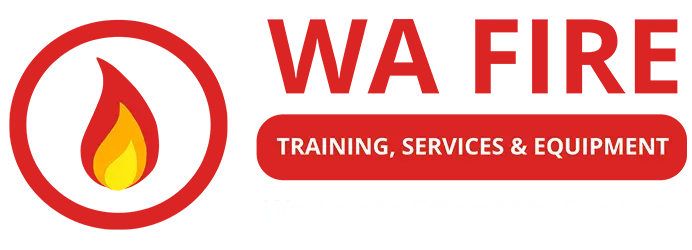You’re sitting at your desk, getting through your usual daily grind. As you take a sip of water, you notice a burning smell in the air. Suddenly, the lights flicker and your workplace plunges into darkness. Smoke stings your eyes and your breathing begins to labour. It’s obvious a fire has started in your commercial facility.
Your mind starts asking questions such as:
- Where is the smoke originating from? Where in our building is the fire?
- How fast will the fire spread before it threatens safety?
- Are the emergency services on their way? If not, what should I do? Should I call them?
- Who is our fire warden? Why haven’t they activated the fire alarm?
- When do we evacuate? What’s the fastest and safest escape route?
When you were eating your breakfast this morning you didn’t expect your day to turn out like this. You have no answers to these potentially life or death questions. You never expected an emergency situation to arise, but the truth of the matter is that they can happen at anytime, especially when you least expect it.
To protect life, the environment and your facility, you must have a plan. First, you need a prevention plan. But your day has proven that even a prevention plan isn’t fool proof. As a result, you absolutely must have an action plan to protect staff, the environment and your commercial property in the event of a fire.
Fire Safety in the Workplace: Preparing an Action Plan
An action plan starts by brainstorming worst-case scenarios with your management team and key employees, as lead by your HSEQ department. This activity should identify the areas where a fire is most likely to start and also where a fire could cause the most damage. The exercise should also identify where a fire will present the greatest danger to staff and spread most rapidly. In other words, your action plan should be tailored to your workplace. For maximum safety, it could be a requirement to develop separate plans for different areas or departments of your business. Your brainstorming may discover areas that are more vulnerable to fire or be not as easily accessed by emergency response workers.
Your fire action plan should cover the important roles such as chief fire wardens, area wardens, managers and employees. Hazard assessment should be carried out by HSEQ to identify environmental conditions, chemicals or flammable liquids in your workplace that are areas of risk.
What an Action Plan Must Include
- Method for reporting a fire, such as the use of a Fire Indicator Panel (FIP)
- Evacuation plan, procedures, including use of Emergency Warning Intercom Systems (EWIS)
- Strategically placed maps of floor plans with clearly marked evacuation routes and muster points
- List of names, titles, departments and emergency contact details of fire and area wardens
- The procedures, duties and responsibilities of fire and area wardens during a fire emergency
- Procedures for employees who perform or shut down critical operations before evacuation
- Operation fire extinguishers, fire blankets or other emergency equipment
Alerting Employees for fire safety in the workplace
Your action plan must also include how employees will be alerted in the event of an emergency. The plan must also include how to alert and evacuate disabled workers.
- Alarms must be clearly seen, heard and recognised by all staff as a signal to evacuate or perform emergency procedures as per the action plan
- The use of FIP and EWIS consoles by fire wardens for alerting of a fire
- Alarms, FIP and EWIS consoles should be wired to emergency power systems
- The responsibility of fire wardens to contact emergency services
Evacuation Plan and Procedures
In the event an emergency situation, an organised evacuation can reduce the risk of injury and death to employees. A comprehensive action plan will include:
- When an evacuation is necessary
- Clear chain of command identifying fire wardens, area wardens and the duties for which they are responsible
- The chief fire warden will account for all staff upon conclusion of the evacuation process
- Clear evacuation procedures including routes emergency exits and muster points
- Evacuation procedures and emergency plans must be located in areas of the facility that are easily accessible
- Evacuation routes must be clearly marked
- Procedures for assisting people with disabilities
Employee Training for fire safety in the workplace
Different types of employees should be trained as below:
- Fire and area wardens:
- Notification, warning and communications procedures such as FIP and EWIS operation
- Emergency response procedures, such as coordinating normal staff for evacuation
- Evacuation and accountability
- Location and operation of fire extinguishers, fire hoses, breathing apparatus, fire doors and fire blankets
- First aid
- Specialised staff:
- Emergency shutdown procedures
- Normal staff:
- Conduct regular practice drills including evacuation drills
- Schedule annual fire safety training classes for employees and new hires
- Update procedures to reflect changes in your company and facility
Contact us for training!
For more information about fire safety in the workplace and comprehensive training services, contact us today!

